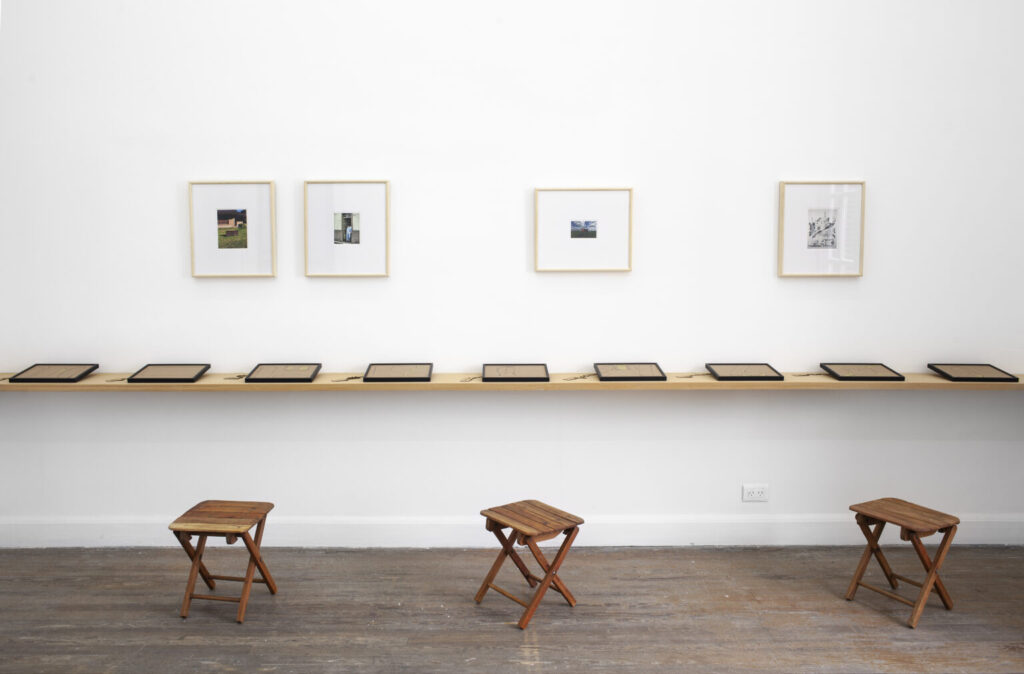Ferales

Ferales explores the ecological worlds that emerge when non-human entities become entangled with human infrastructure projects, when the Western-Kantian subject becomes a multirelational and coupled subject that blurs the differences between inside and outside.
Local Futurisms and Extractive Pasts

Local Futurisms and Extractive Pasts explores some of the works presented at THIS TOO, IS A MAP, the 12th Seoul Mediacity Biennale, and the way futurisms recover non-Western histories, materials and epistemologies, cosmologies and ontologies.
THIS TOO, IS A MAP

THIS TOO, IS A MAP, the 12th Seoul Mediacity Biennale, explored the aesthetics of non-territorial cartographies through the works of 40 artists across 6 venues in the city of Seoul.
There was a word inside a stone

In this essay, stones, minerals and language travel together through their colonial and political histories. Dourron shows how the power structures of linguistics emerged in parallel with mineral classification, and how Western frameworks for both haunt current linguistic and rock relations.
Bogus Explanations

Rather than an explanation, this text is an attempt to draw nearer to Joaquin’s paintings, a further insistence on getting to know them beyond what they wish to be known or, probably, beyond the limits of our own capabilities to know them.
Umbra

From images that intertwine astronomical events and their optical manifestations with the perception of shapes and color, Guido Yannitto builds his own space for pictorial exploration. Thus, Umbra produces an intuitive approach between cosmic phenomena, their telluric counterparts and some expanded ideas about painting.
Myths of the Near Future

Myths of the Near Future brings together artists who actively and poetically revisit militant films from the late 60s, old Korean protest songs, degraded craft techniques, forgotten archives and shamanic rituals; they collaborate with others, human and non-human witnesses of tragedy and violence.
From Fairies to Monsters: Ad Minoliti’s Furry Tales

Cuentos teddy bears, Ad Minoliti’s exhibition at La Casa Encendida, revisits different classic versions of Little Red Riding Hood to transform the traditional story into a new narrative horizon that imagines other possible worlds.
Third Section

In Carla Barbero’s Third Section, soft, dreamed, imagined and copied architectures coexist, emerging from different moments of the day and night, from emotions, thoughts and more or less temporary desires. As rustic as the views of the mountains, but illuminated by small golden lagoons.
After Nature

From the porous limit between dichotomies such as nature versus humanx, humanx versus machine and the empirical world versus the supernatural or extraterrestrial, After Nature proposes to experience the “ecological” not as a pedagogical category but as a way of re-imagining our ties with the material world.